In today’s landscape design and environmental art, eco-sculptures represent a fascinating intersection of creativity and sustainability. These sculptures not only adorn public and private spaces with artistic flair but also serve practical purposes in enhancing ecological health and community engagement.
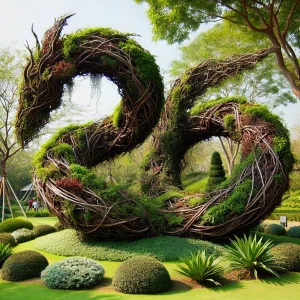
What are Eco-Sculptures?
Eco-sculptures are artistic installations designed to harmonize with and benefit their natural environments. They can take various forms, including living sculptures that integrate plant life, sculptures made from recycled or repurposed materials, and interactive installations that invite community interaction and education about environmental issues.
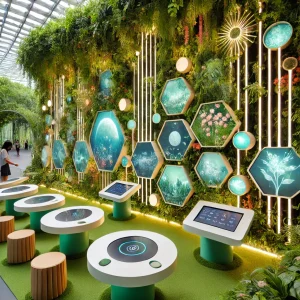
Types of Eco-Sculptures
Living Sculptures: Crafted using live plants, such as vines, shrubs, or entire trees, woven into artistic shapes or structures. Over time, these sculptures evolve as the plants grow and change, offering an ever-changing aesthetic and habitat for local wildlife.
Recycled Material Sculptures: Artists create eco-friendly sculptures using reclaimed materials like discarded metal, plastic, wood, or glass. These sculptures promote recycling and raise awareness about waste reduction and resource conservation.
Interactive Installations: Designed to be interactive, encouraging community engagement and environmental education. These installations may respond to touch, sound, or ecological changes, fostering a deeper connection between people and their surroundings.
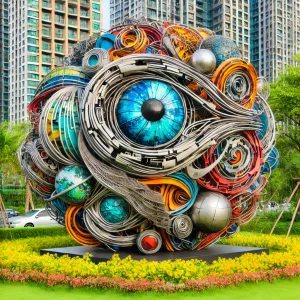
Benefits for Local Ecosystems
Eco-sculptures contribute positively to their surrounding ecosystems in several ways:
- Habitat Creation: Supporting biodiversity and enhancing ecological resilience by providing shelter and food sources, particularly in urban areas.
- Air and Water Quality Improvement: Certain sculptures, such as those with green walls or vertical gardens, contribute to air purification and stormwater management, thereby improving local air and water quality.
- Educational Opportunities: Serving as valuable educational tools, raising awareness about environmental issues and inspiring communities to adopt sustainable practices.
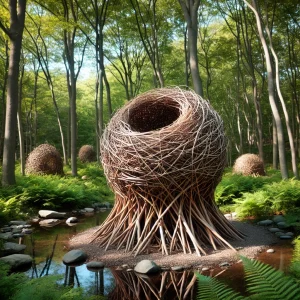
Examples of Notable Eco-Sculptures
- Patrick Dougherty’s Stickwork Sculptures: Renowned for his large-scale installations made from locally sourced saplings, creating intricate structures resembling natural forms like nests or cocoons. These sculptures blend seamlessly into natural settings while highlighting the beauty of organic materials.
- Dan Corson’s Light-Based Sculptures: Combining sustainable lighting technologies with artistic forms to create mesmerizing sculptures that illuminate public spaces at night. His works enhance aesthetic experiences and promote energy efficiency and renewable energy awareness.
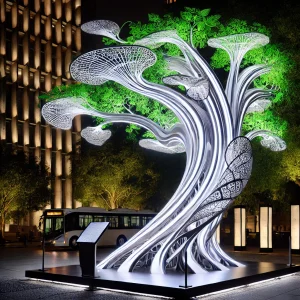
Future Trends in Eco-Friendly Art
Looking ahead, several trends are shaping the future of eco-sculptures:
- Technological Integration: Expect more sculptures incorporating renewable energy sources, such as solar panels or kinetic energy generators, to power interactive elements or lighting installations.
- Global Collaboration: Artists and communities worldwide will collaborate on eco-sculpture projects that address pressing global environmental challenges, such as climate change adaptation and biodiversity conservation.
Eco-sculptures exemplify the transformative power of art in promoting environmental sustainability and community well-being. By integrating these sculptures into public parks, urban landscapes, and private gardens, communities can enhance their aesthetic appeal while actively contributing to a healthier planet. As eco-friendly art evolves, these sculptures inspire creativity, raise awareness, and foster a deeper appreciation for the natural world.